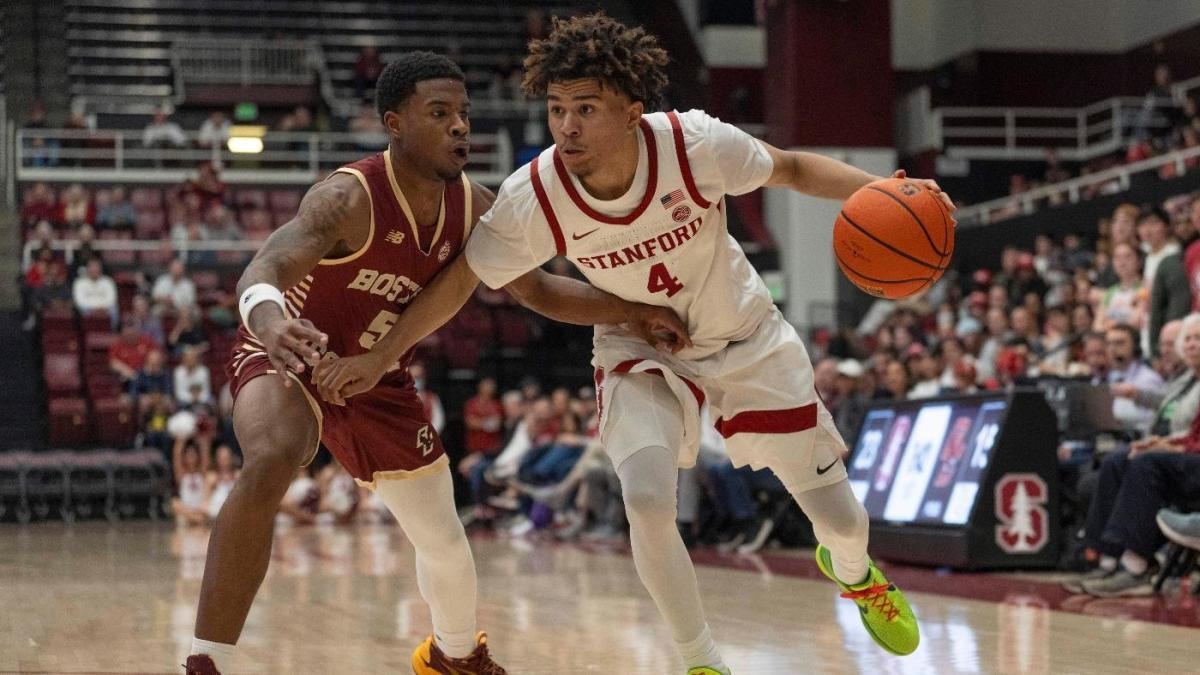Many older adults use various types of digital health technology, but patient portals top the list, a new survey finds.
Investigators used data from the internet and phone calls conducted in 2021 that were completed through the National Poll on Healthy Aging. A total of 2,110 participants were between 50 and 80 years old at the time of the interview, according to the report published Wednesday in JAMA Network Open.
The team measured older adults’ use of patient portals, telehealth visits and mobile applications on computers, smartphones, smartwatches, tablets and fitness trackers. Among 81.4% of those using technology, 64.5% used patient portals, 49.1% utilized telehealth and 44% used mobile applications.
The data showed that an older adult’s physical and cognitive needs can affect their technology use. Still, older adults tend to follow the same predicting factors as younger folks that drive technology usage (education level, income, etc.)
People who were between 50 and 59 were 2.41 times more likely to use technology, while those 60 to 69 years old were 1.68 more likely to use technology compared to other age groups. Women were more likely than men to use digital health technologies. Those who were non-Hispanic Black, have higher education levels, possess more income, and living in metropolitan areas were more likely than others to utilize digital health technology. Those with private insurance were more likely than those without insurance to turn to digital health technology as well.
Results showed a statistically significant association between non-Hispanic Black race and ethnicity and use of digital health technology. Authors say that medical mistrust may contribute to the finding.
A study released last year in the Journal of Korean Medical Science found that fewer frail older adults use smartphone healthcare apps or telehealth options compared with healthy, non-frail older adults.













